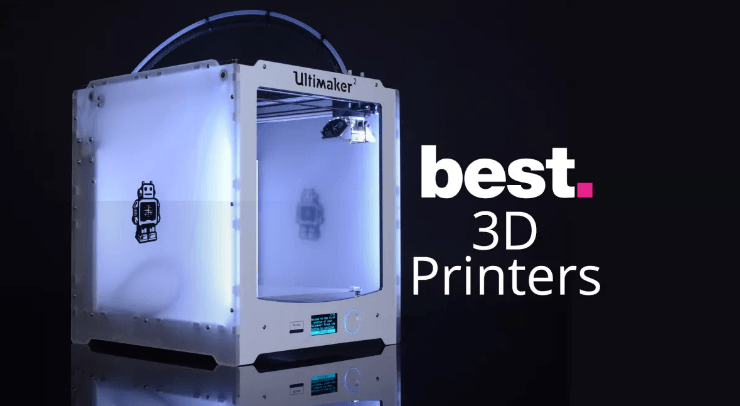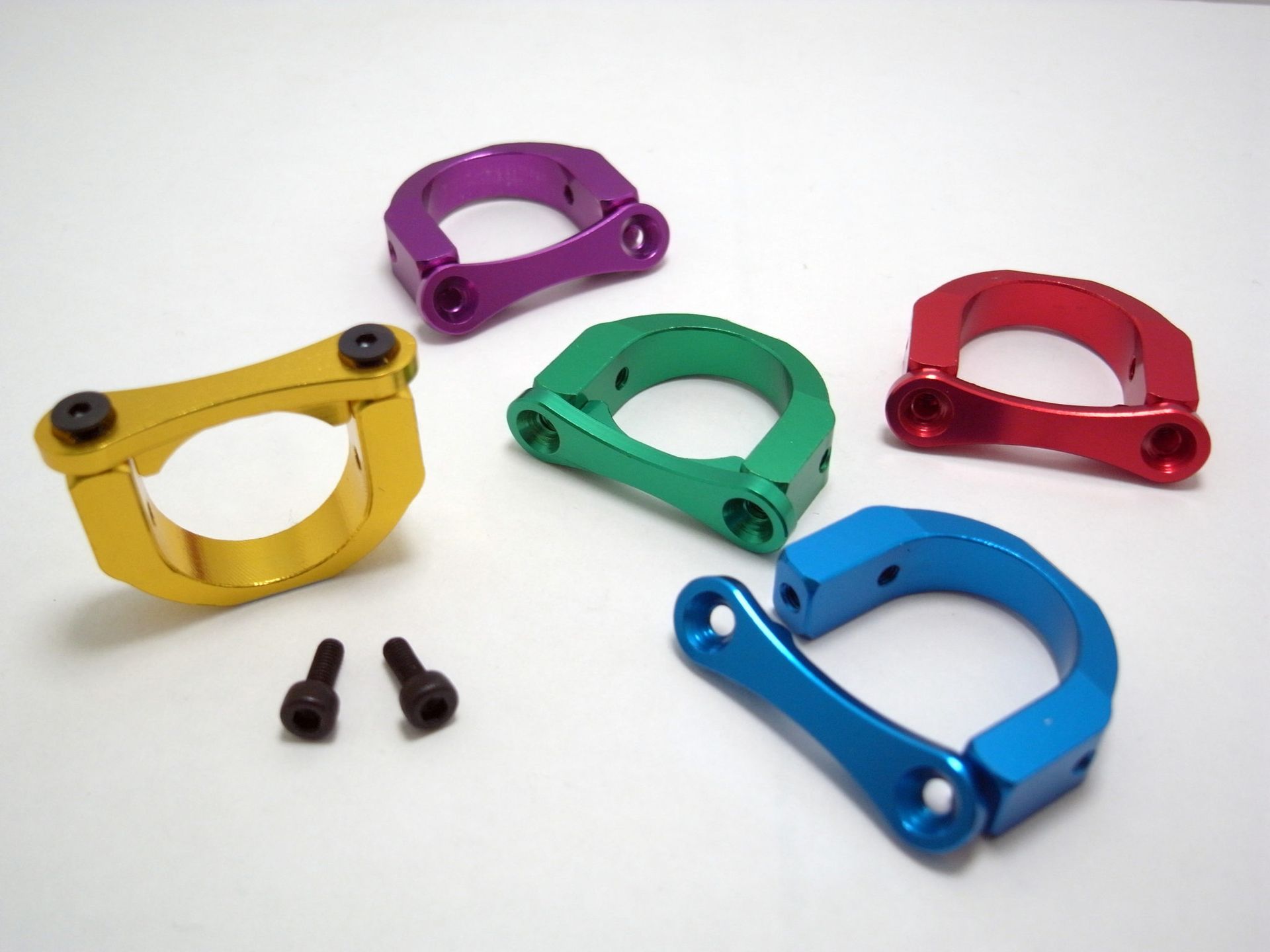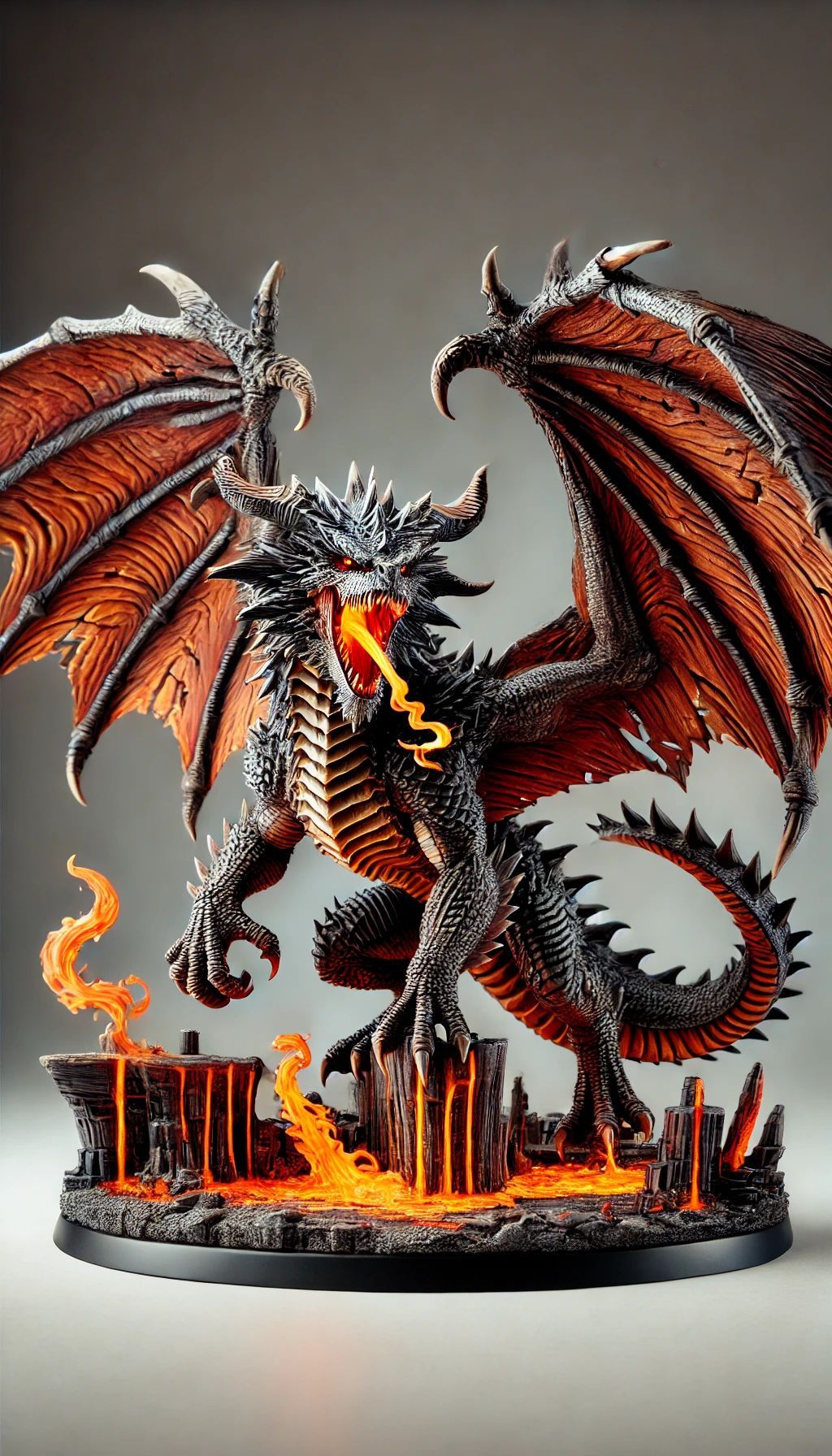What is there to know About Printing 3D Objects
Everything You Need to Know About Printing 3D Objects - A Comprehensive Guide
Have you ever wanted printed 3D objects in the comfort of your own home? Asked yourself "how do they go from 3D to Print?
With the rise of 3D printing technology, it’s now easier than ever to create intricate and detailed designs with a 3D printer.
Whether you’re a 3D printing enthusiast, a hobbyist, or just curious about the possibilities of 3D printing, this comprehensive guide will provide you with all the information you need to get started.
From understanding the basics of 3D printing to exploring the different types of 3D printers and materials, this guide will give you an overview of everything you need to know about 3D printing.
With an in-depth look at the hardware, software, and materials needed to create 3D objects, you’ll be well-equipped to take your first steps into the exciting world of 3D printing.
Overview of 3D Printing
Before we dive into the details of 3D printing, let’s first define what 3D printing is and what it’s used for.
3D printing is a process where a digital model of an object (in a special computer file format called STL) is used to create a real-life replica of that object through additive manufacturing.
The 3D printing process begins with a software model of the object you want to print. This software model is then broken down into layers, and each layer is printed one on top of the other. The materials used to create the object are chosen according to the model you’ve uploaded.
This makes it possible to print almost any design you can think of, as long as it’s within the printer’s build volume. 3D printing is a unique and versatile manufacturing process that has many different applications.
It’s used by hobbyists, educators, and entrepreneurs for creative projects, product prototyping, and in many different fields such as medicine, architecture, and construction.
Different Types of 3D Printers
There are several different types of 3D printers, each with their own unique set of features and applications. From hobbyist 3D printers that cost a few hundred dollars to industrial 3D printers that can cost thousands of dollars, there’s a 3D printer to suit every budget and need.
Let’s take a look at the different types of 3D printers and the applications they’re used for:
- FFF/FDM (Fused Filament Fabrication/Fused Deposition Modelling) - This is the most common type of 3D printer and the first type of 3D printer ever invented. It uses melted thermoplastic filament to build up layers of an object one on top of the other.
Since FFF/FDM 3D printers use a single filament to create an object, they’re ideal for printing objects with intricate details that need to be precise and consistent.
- SLA (Structure Light Amplification) - SLA 3D printers use photopolymer resin to create objects with a high level of detail and accuracy. As the resin hardens when exposed to ultraviolet light, SLA 3D printers are ideal for printing smaller and more intricate objects.
- SLS (Selective Laser Sintering) - SLS 3D printers use powdered materials to create an object. The powdered materials are held together with a binding agent, then the 3D printer uses a laser to sinter the materials together to create the object. SLS 3D printers are ideal for creating objects with a high level of detail and accuracy.
- DLP (Digital Light Processing) - DLP 3D printers use a high-powered LED array to cure photosensitive resin to create an object. They’re used to create smaller and more intricate objects than other 3D printers.
- CLIP (Continuous Liquid Interface Production) - CLIP 3D printers are still in development and aren’t available to purchase just yet. CLIP 3D printers use UV light to cure a liquid resin to create an object.
CLIP 3D printers are designed to be faster than other 3D printers and cheaper to run.

Types of 3D Printing Materials
Before we dive into the different materials used in 3D printing, let’s first take a look at the distinctions between the two different types of 3D printing:
Fused Deposition Modelling (FDM) and Stereo-Lithography (SLA).
FDM - FDM 3D printers use a thermoplastic filament (usually PLA or ABS) to create an object. FDM 3D printing is the most common and affordable type of 3D printing, making it ideal for hobbyists, schools, and children.
SLA - SLA 3D printers use a photosensitive resin (usually photopolymer resin) to create an object. SLA 3D printing is slower than FDM 3D printing, but it gives a higher level of detail and accuracy, making it ideal for smaller and more intricate objects.
Now let’s take a look at the different materials used in 3D printing and their applications:
- - ABS - Ideal for printing durable objects and parts with a high level of detail and accuracy. Ideal for automotive and engineering applications.
- - PLA - Perfect for creating objects with a smooth surface and low level of detail. Ideal for creating prototypes and models of architectural designs.
- - HIPS - Great for projects that need a high level of detail, but need to be strong and durable.
- - PET - Recommended for printing large objects with a smooth surface.
- - Nylon - A strong material that can withstand high temperatures.
Hardware and Software Requirements for 3D Printing
Before you start 3D printing, you’ll need to make sure you have all the necessary hardware and software requirements.
Here are a few things you’ll need:
- Computer with a compatible operating system
- Internet connection
- 3D modelling software
- 3D printer
- Filament
- Printer bed
- Heated bed
- Static electricity prevention
- Leveling feet
- Printer stand
- USB cable
- Power source
- ƒ-Theta correction
- Leveling printer
- ƒ-Stop - Z-axis endstop
Understanding the 3D Printing Process
If you’ve never operated a 3D printer before, it can be a little confusing to understand how the 3D printing process works.
Let’s take a look at the 3D printing process in detail and see how the different components come together to create 3D printed objects:
- 3D modelling - The first step in the 3D printing process is creating a digital model of the object you want to print. You can either create the model yourself using 3D modelling software or find a digital model online.
- STL file - After you have a digital model, you’ll need to convert it into an STL model file, which is a special computer file format used to 3D print objects.
- Slicing - After you have your STL file, you’ll need to slice it into layers. This makes it easier for your 3D printer to print out your model.
- Printing platform - A heated platform is placed on top of the printer, and the model is placed on top of the platform.
- Extrusion - The 3D printer uses a filament to build up the layers of the model one on top of the other.
- Cooling - Once the model has been printed, it’ll need to be cooled down before you can remove it from the printer bed.

Setting Up a 3D Printer
Now that you know all about 3D printing and how the process works, let’s take a look at how to set up a 3D printer.
Whether you’ve chosen an FDM or SLA 3D printer, these steps will apply to almost any 3D printer.
Here are the basic steps to set up a 3D printer:
- Unboxing - After purchasing and receiving your 3D printer, unboxing it and setting up the printer bed will be your first step.
- Bed leveling - The printer bed will need to be leveled before you print anything. Keep in mind that you’ll need to level your bed after every print, so it’s important to do it properly the first time.
- Extruder clearing - Make sure to clear the extruder after unboxing your 3D printer, as it will likely have some plastic residue in it from the factory.
- Filament loading - Loading your filament correctly is the next step in setting up a 3D printer. Check your printing settings before loading your filament to make sure it’s the right type and colour for your 3D printer.
- Calibration - Calibrating your 3D printer will ensure that it prints objects with the highest level of detail and accuracy.
- Printing a test object - Finally, you’ll be ready to print your first 3D object.
We recommend printing a simple test object to check that all of your settings are correct before moving on to more complex objects.
3D Printing Accessories
- Filament - 3D printing filament is the material used in 3D printers to create objects. It comes in a variety of materials, colors, and sizes.
- Printer bed tape - Printer bed tape is an adhesive material used to help hold your 3D printed objects in place during printing.
- Build surfaces - Build surfaces are sheets of material that are placed on your printer bed for better adhesion between the print and the bed.
- Spool holders - Spool holders are used to storingT and organize your 3D printer filament spools.
- Nozzles - Nozzles are interchangeable components of a 3D printer that control the flow of filament from the extruder.
- Brushes - Brushes are useful tools for cleaning up any excess plastic or debris left behind by 3D printing.
Tips for beginner 3D printers
- Read the manual - The manual for your 3D printer will help you understand how to use it and what settings are best for your specific project.
- Start with a simple model - Before diving into more complex models, start with a basic one to get used to the 3D printing process.
- Experiment with settings - Don’t be afraid to experiment with different printing settings like nozzle size, printing speed, and layer height.
- Take your time - Rushing through a 3D print can lead to poor results, so take your time and make sure each step of the process is done correctly.
- Check your prints regularly - Make sure to check on your prints regularly throughout the printing process in order to catch any issues early on.
- Ask for help - If you’re having trouble with your 3D printer, don’t be afraid to reach out to the manufacturer or other 3D printing experts for help.
Advanced 3D Printing Methods
- Use a heated bed - Heated beds can help reduce warping and improve adhesion of the 3D object to the printing surface.
- Use a brim or raft - Bim and rafts can help provide extra adhesion to the print bed, which can help ensure successful prints.
- Use supports - Supports can be used to hold up overhangs and bridges while 3D printing, which can help improve the accuracy of your prints.
- Try different materials - Different materials have different properties that can affect the quality of your prints, so try experimenting with different materials to get the best results.
- Use post-processing techniques - Post-processing techniques like sanding, painting, or polishing can be used to enhance the look and feel of your 3D prints.
Finding professional 3D Printing Services
- Research 3D printing services - Start by researching different 3D printing services and compare their capabilities, materials, and prices to find the best fit for your project.
- Ask for samples - Request samples from the 3D printing service to get an idea of their quality and accuracy.
- Read customer reviews - Read customer reviews to get an idea of how other people have experienced the service.
- Compare turnaround times - Make sure you understand the turnaround time for each 3D printing service so you can plan accordingly.
Conclusion
3D printing is an exciting technology that is becoming more accessible and affordable.
By understanding the basics of 3D printing, researching the available services and materials, and using post-processing techniques, you can get the best results from your 3D prints.
With the right knowledge, 3D printing can be a great way to bring your ideas to life.













